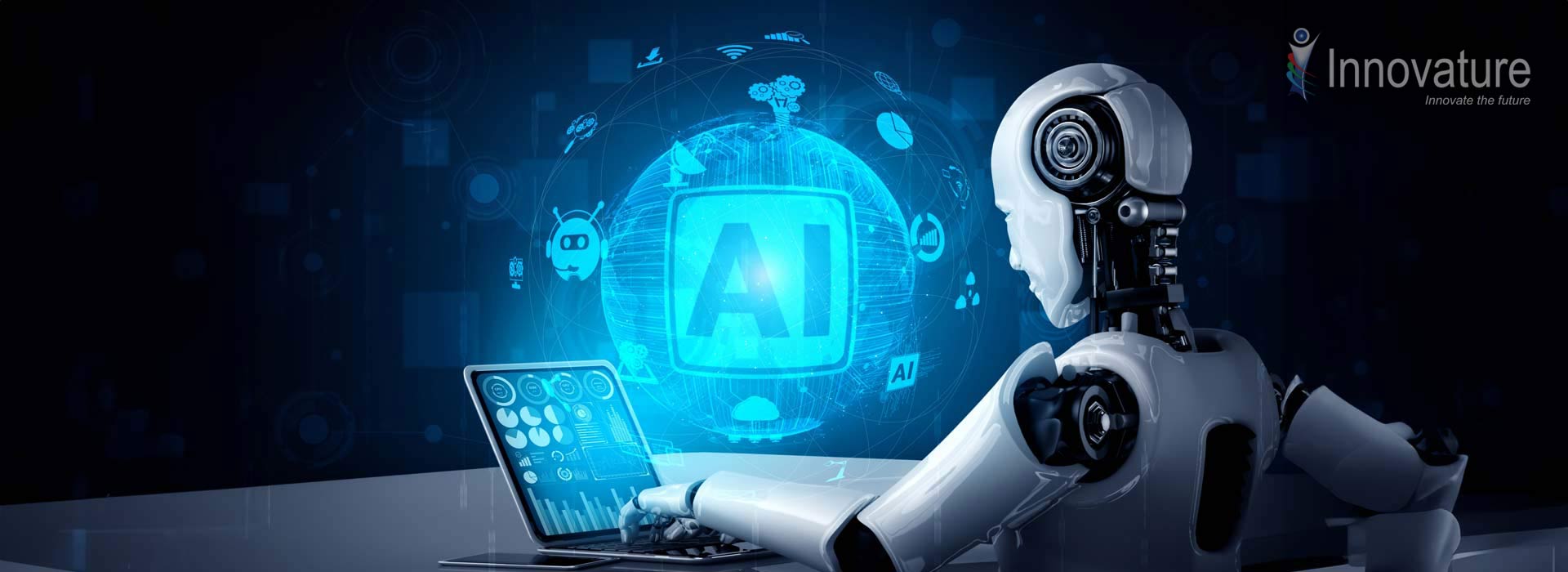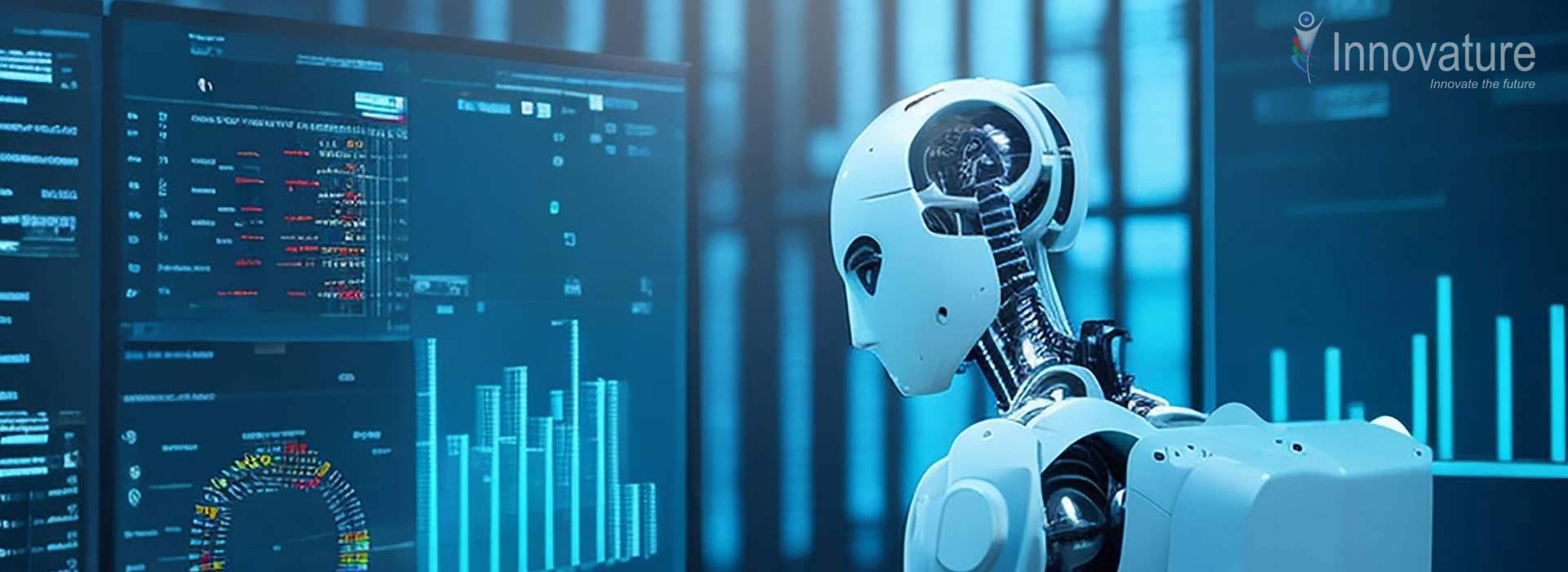Revolutionizing Waste Management with AI-Powered Solutions
In a Nutshell
A Japanese organization committed to sustainability partnered with us to transform its waste management process through AI. We implemented an AI-powered image recognition using Google Vision and Azure Vision to classify waste types with precision. Our solution helped the client decrease their operational costs by 40%.
Inside the Opportunity
- Manual classification introduced frequent human errors, leading to contamination of recyclable materials.
- Labor-intensive sorting processes made operations time-consuming and costly.
- Inconsistent classification standards across regions created fragmentation.
- Traditional methods lacked scalability to meet rising urban waste volumes.
- There was minimal use of data analytics to gain actionable waste management insights.
Inside Innovature’s Thinking
- Implemented AI-powered image recognition using Google Vision and Azure Vision to classify waste types with precision.
- Trained the system using diverse datasets via Google Image Search and Google Drive integration for robust detection.
- Built a centralized admin module to manage categories, monitor training, and review detection outputs.
- Automated core processes minimize reliance on manual labor and reduce sorting errors.
- Designed a scalable architecture to handle future waste volumes and evolving classification standards.
Inside the Impact
90%
70%
40%
Client Overview
The client, based in Japan, is an innovative organization focused on sustainable waste management. With a strong commitment to environmental responsibility and technological advancement, the client aims to revolutionize waste handling processes. Their forward-thinking approach to integrating AI and machine learning demonstrates a dedication to efficiency and eco-conscious practices, supporting global sustainability goals.
Problem Statement
The client faced significant challenges with their existing waste management system:
- Human Errors in Classification: Manual segregation often led to errors, contaminating recyclable materials and reducing overall efficiency.
- Resource-Intensive Processes: Waste sorting relied heavily on manual efforts, making it labor-intensive and time-consuming.
- Lack of Standardization: Variations in classification standards across regions caused inconsistencies in waste management.
- Scalability Issues: Traditional methods could not keep pace with increasing waste volumes and urban demands.
- Insufficient Data Utilization: The absence of robust data analytics limited insights into waste patterns and hindered process optimization.
Our Solution
We implemented an AI-powered waste classification system to address these challenges:
- Sophisticated Image Recognition: Utilizing Google Vision and Azure Vision technologies, the application classifies waste types from uploaded or captured images with high precision.
- Robust Data Training: By leveraging datasets from Google Image Search and seamless Google Drive integration, the system ensures reliable detection performance.
- Comprehensive Admin Module: The admin interface centralizes waste category management, training oversight, and detection result processing, enabling efficient operations.
- Automation for Efficiency: The automated solution reduces dependency on manual sorting, enhancing accuracy and saving time.
- Future-Proof Design: The platform’s scalable architecture accommodates growing waste volumes and evolving classification requirements, ensuring long-term adaptability.
Client Benefits
The solution brought transformative benefits to the client’s operations:
- Improved Accuracy: Achieved a 90% classification accuracy rate, significantly reducing contamination and boosting recyclability.
- Operational Efficiency Gains: Automation cut sorting time by 70%, streamlining waste handling processes.
- Cost Reduction: Labor and operational costs decreased by 40%, contributing to a leaner budget.
- Environmental Impact: Enhanced recycling rates supported sustainability objectives and minimized landfill dependency.
- Scalability and Flexibility: The platform’s design ensures adaptability to future demands, securing long-term operational efficiency.









